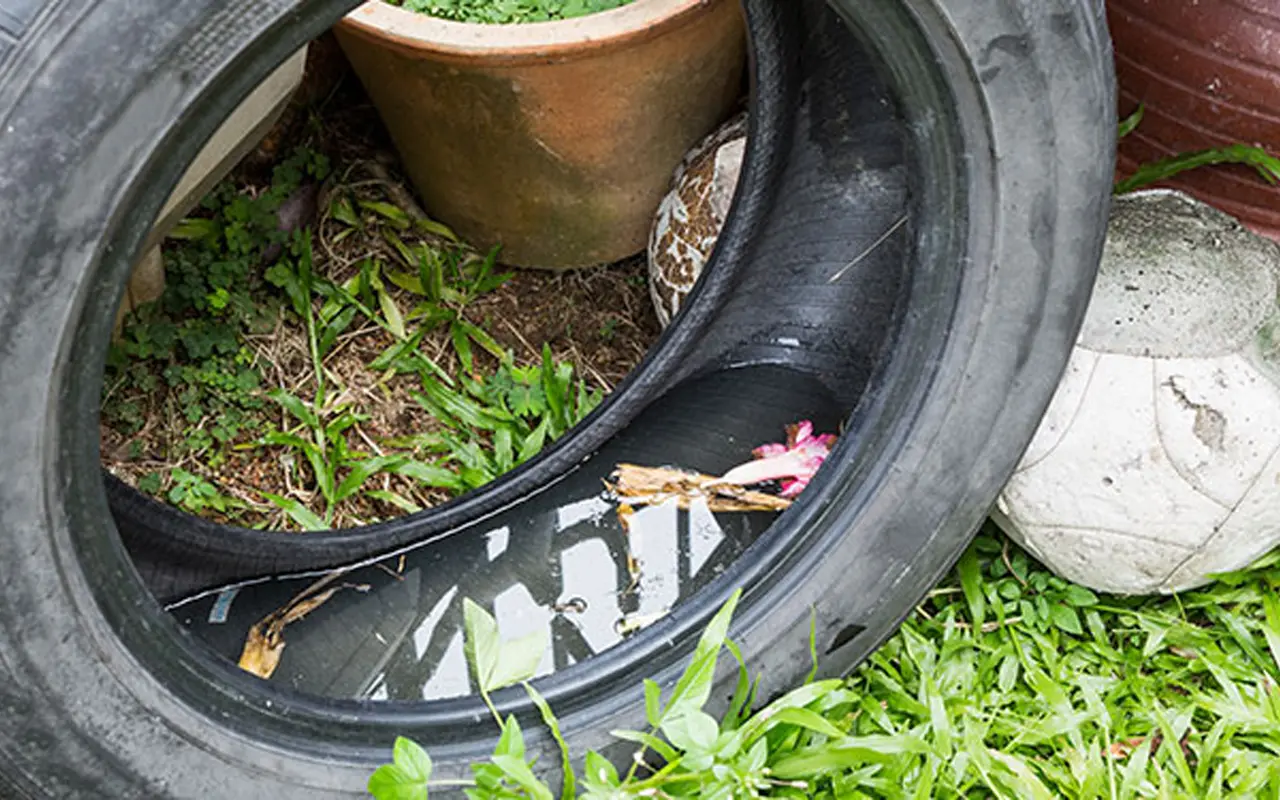7 Fascinating Mosquito Facts
Mosquitoes are best known for their itchy bites and ability to spread disease. But there is a lot more to these pests. Get the facts about mosquitoes — from when they’re most active to how they find you.
Powered by the SC Johnson Center for Insect Science®
Mosquitoes have been sucking blood and being a nuisance for at least 46 million years. Understanding where they breed, why they bite, and what they’re attracted to can help you protect your family from these pesky creatures. Get the facts about mosquitoes and find easy tips to help you avoid them.
1. Only female mosquitoes bite
There are more than 3,000 species1 of mosquitoes that can be found in virtually every part of the world. But not all mosquitoes see you as a tasty snack. While both male and female mosquitoes feed on nectar and plant sap, only female mosquitoes bite because they need the protein from blood to produce their eggs. If you or a loved one are bitten, we’ve got easy tips to help relieve the itch and treat mosquito bites.2. Mosquitoes grow up fast
Aedes aegypti mosquitoes lay approximately 100 eggs at a time. And those little blood suckers mature fast. The entire Aedes mosquito life cycle—from an egg to an adult—only takes 7-10 days. Watch a video showing the life cycle of Aedes aegypti mosquitoes.
3. Mosquitoes have hearty appetites
The size of a bloodmeal depends on the species and size of the mosquito. However, some female mosquitoes can drink their entire body weight in blood during a meal.2 That would be like a 150-pound person consuming 150 pounds of food for dinner!
We know mosquitoes
The SC Johnson Center for Insect Science™ is home to thousands of mosquitoes on any given day. We breed and study them to find new ways to help you protect your family from these pesky vampires. Hear from one of our entomologistsabout what attracts mosquitoes, how they spread disease, and how to help protect your loved ones from these biting pests.
4. Mosquitoes do prefer to bite some people over others
If you keep getting bitten while those around you don’t, it may be because mosquitoes are attracted to the body chemistry of some people over others. Mosquitoes are attracted to a combination of body heat, odor, the carbon dioxide that humans and animals emit when they breathe, and lactic acid, an element found in sweat. These biting pests use their receptors and vision to find their victims and can spot their next meal from 50 meters (approximately 164 feet) away.3 Learn more about what attracts mosquitoes so you can help avoid those itchy bites.
5. Mosquitoes are more active when the moon is full
The full moon is blamed for many strange occurrences both real and imagined. A full moon can increase mosquito activity by 500 percent. This is because mosquitoes use visual cues to find their next meal, which is easier to do when the moon is full.
6. Mosquitoes can breed in tiny amounts of water

Mosquitoes lay their eggs in still or stagnant water or wet earth, and they only need a small amount of water to do so. In fact, some types of mosquitoes can breed in less than a teaspoon of water.4 That’s an amount that can easily collect in old tires, children's wading pools, bird baths, holes in trees, saucers underneath plants, and even a bottle cap. To help protect your family from mosquitoes, it’s important to regularly remove areas of standing water near your home. Get more tips for how to help get rid of mosquitoes.
7. Color matters to mosquitoes
After indulging in a bloodmeal, female mosquitoes are attracted to dark places to hide and digest their meal. So, they tend to rest on people wearing darker colors. The good news is that these mosquitoes have already eaten, so they shouldn’t bite you. However, hungry mosquitoes still looking for a meal use visual cues to find someone to snack on. That’s why they may be more prone to bite people wearing contrasting colors that are easier to see.
Find solutions for mosquitoes
We're here to help you protect your family from these blood-sucking insects with a variety of products designed to get rid of mosquitoes.
Sources
- https://ento.psu.edu/extension/factsheets/mosquitoes
- https://uanews.arizona.edu/story/making-blood-sucking-deadly-for-mosquitoes
- https://www.smithsonianmag.com/science-nature/why-do-mosquitoes-bite-some-people-more-than-others-10255934/#TOGXy425Ci7DVmq2.99
- http://ent.uga.edu/news/story.html?storyid=5902&story=Mosquito%20Readiness
Related

Mosquito Life Span & Life Cycle: the Benefits of Mosquitoes
Mosquitoes make their homes on almost every continent and can survive a variety of habitats. Find out how long mosquitoes live and discover the benefits of mosquitoes on multiple ecosystems.

What Attracts Mosquitoes & How They Find You
Find out how mosquitoes find you, why they bite, what factors can make you an appetizing meal and how to help protect yourself and your loved ones from mosquitoes.

Help Protect Your Kids From Mosquitoes
From choosing the right clothing to applying insect repellent, find expert tips for how to help keep mosquitoes away from your children.

